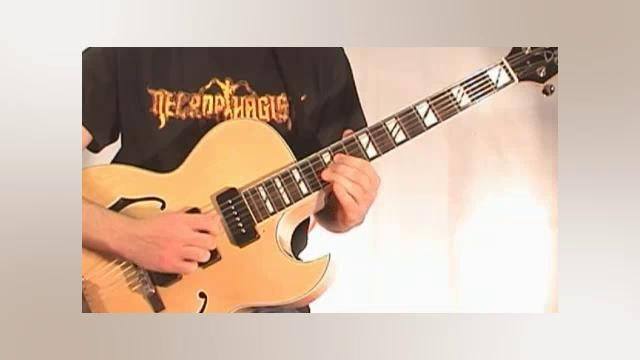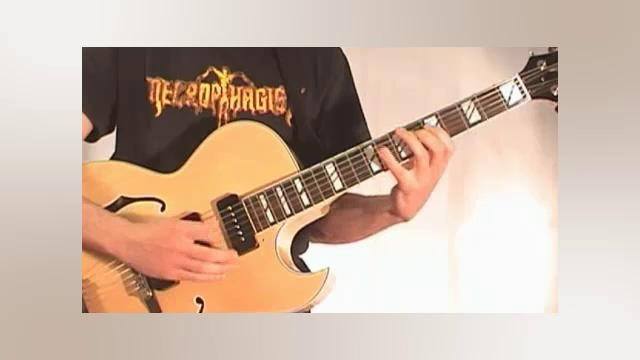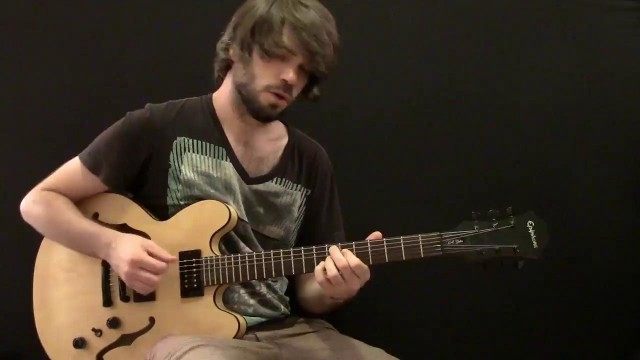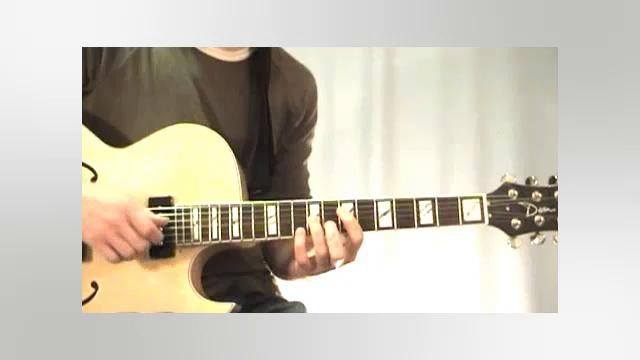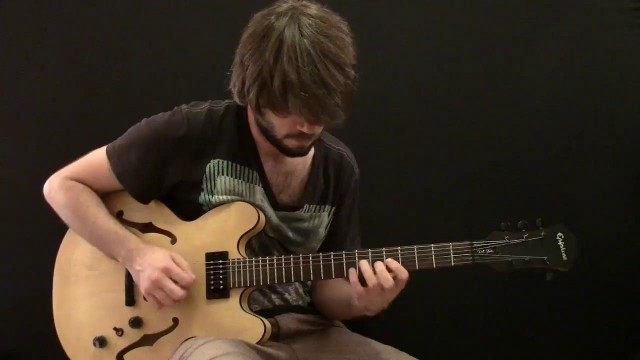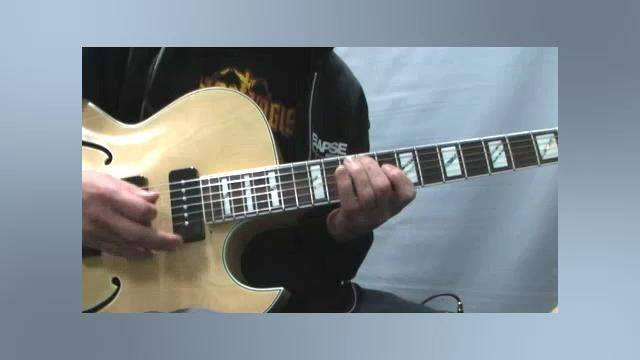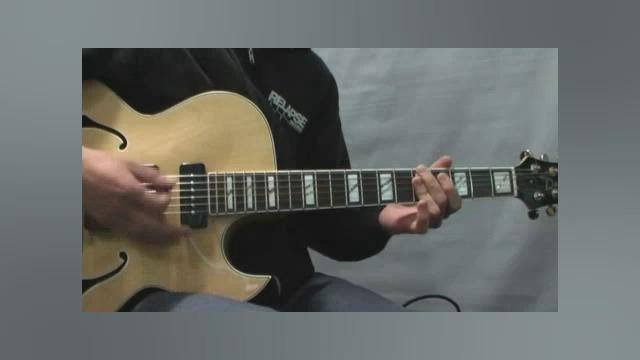Hey folks!
In this lesson, we're going to learn a jazz rhythm exercise that will help us get familiar with the concept of polymeter. Polymeter occurs when there are multiple time signatures being used simultaneously. For example, a guitarist might be playing a riff in 5/4 time, while a drummer might be playing a beat in 4/4 time. The use of polymeter can add very cool flavor to music, but it can also be a little difficult to grasp.
In this lesson's exercise, we're going to be playing a repeated riff that is in 7/8 time. While we're playing our riff in 7/8, the drums will be playing in 4/4, which will result in the existence of polymeter.
In music, the drums are usually the main rhythmic reference. So we as guitarists always need to be aware of whatever time signature the drummer is using, whether we're playing in the same time signature or not. So while you learn this exercise, always be aware of that underlying 4/4 groove that the drums are playing. Before you even learn the guitar parts to this exercise, listen to the backing track and make sure you can hear and count the quarter note beats along with the drums.
Once you get a feel for the 4/4 groove that the drums are playing, start learning the 7/8 riff. In the tablature below, you'll first see a single bar with the 7/8 riff in the context of a 7/8 time signature. After that, you'll then see that same 7/8 riff repeated multiple times in the context of a 4/4 time signature. Be sure and observe how the 7/8 riff will always be starting at a different section in each bar. This simply occurs because the 7/8 riff has a smaller note span than a 4/4 bar.
Lastly, if you'd like to take a more thorough glance at this kind of concept, be sure to check out Tom Quayle's tutorial on hemiolas by clicking here.
When you're ready, head on over to the next page for the backing track!




















